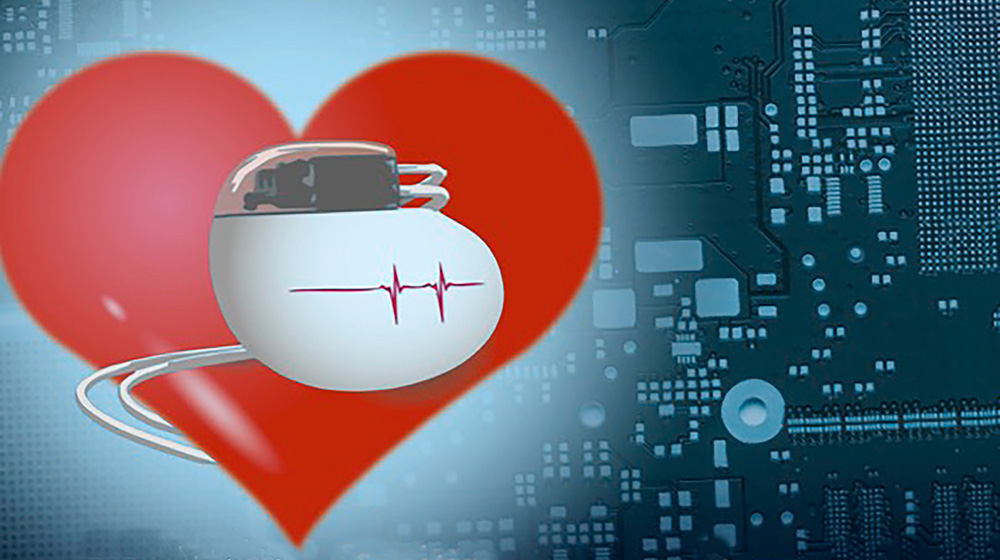New Handbook for Developers of Medical Devices

Sweden is a leading innovator in the field of medical devices. But how can you ensure that the medical device you develop is safe and complies with EU regulations?
According to Björn-Erik Erlandsson, Professor and senior advisor at KTH Royal Institute of Technology, knowledge is sometimes lacking. That’s why a practical handbook is now available for anyone involved in developing medical devices.
The current regulations (MDR, EU 2017/745) came into effect in 2021 to replace the previous regulations from 1993, which needed both revision and development.
“Researchers, students, innovators, and developers working in the medical technology field need significantly better knowledge of the regulations and what is required to market a medical device,” says Björn-Erik Erlandsson.
Björn-Erik Erlandsson, together with a working group, has been involved in the development of a handbook titled Handbok för effektivare framtagning av medicintekniska produkter (Handbook for more efficient development of medical devices, in English. The handbook, funded by Vinnova, is available for free download online.
“As recently as the early 1990s, there was no proper regulatory framework for medical devices in Sweden. Depending on the complexity of the products, the lack of regulations can have serious consequences and, in the worst case, lead to patient deaths,” says Björn-Erik Erlandsson.
At the Department of Biomedical Engineering and Health Systems, Björn-Erik and his colleague Adam Darwich also teach the course Safe Medical Devices, which is offered both as a master’s course and as a freestanding course within the framework of Lifelong Learning. The course provides knowledge of regulatory systems necessary for placing a product not only within the EU but also on the international market. The focus is on the practical application of the regulatory framework through a case study, where course participants will take a medical device to market.
In the long term, it is envisaged that the material in the handbook will be integrated into the course.
Text: Åsa Karsberg
